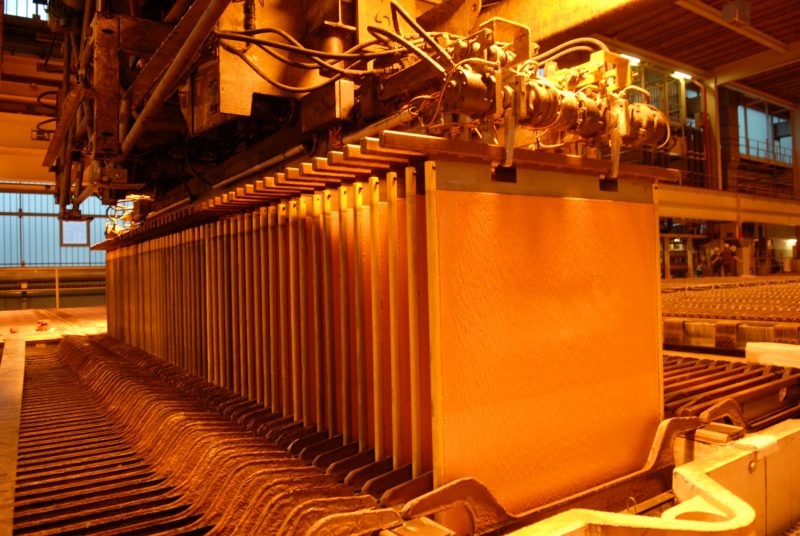
Aurubis Expands Sustainable Copper Wire Rod Production in Italy
Aurubis and Nexans have announced major investments aimed at increasing recycled-content copper production across Europe. These moves strengthen the continent’s circular economy, reduce emissions, and secure critical raw materials like copper.
Germany-based Aurubis AG invested $5.9 million in its Avellino, Italy facility to increase copper wire rod production by nearly 20%. The upgrade includes a modernized shaft furnace that melts copper cathodes and “very pure scrap.” This advanced system enhances energy efficiency, reduces CO₂ emissions, and supports the company’s sustainability goals.
Aurubis also began the process of obtaining The Copper Mark certification for the Avellino site. This certification is a global assurance framework promoting responsible practices in the copper value chain. It further aligns the company’s operations with Europe’s decarbonization and industrial resilience strategies.
Nexans Boosts Scrap Copper Capacity with EIB Financing
Meanwhile, Nexans secured €250 million ($295 million) in financing from the European Investment Bank (EIB) to advance its Lens, France copper recycling project. The project will allow the facility to process up to 80,000 metric tons of copper scrap annually, a key step toward EU decarbonization and energy transition goals.
Nexans, a Paris-based global leader in power cable manufacturing, stated that the expansion enhances industrial strength, ensures raw material supply, and supports circularity. The funding will help Nexans scale up innovation and production while reducing its dependence on virgin copper.
According to EIB Vice President Ambroise Fayolle, Nexans’ electrification solutions are “vital” to achieving EU carbon targets. Nexans CEO Christopher Guérin emphasized the strategic value of copper recycling in boosting European industrial autonomy.
SuperMetalPrice Commentary:
The dual investments by Aurubis and Nexans highlight a critical shift in Europe’s copper supply chain—toward local recycling and reduced import reliance. As electrification and infrastructure upgrades drive demand, copper remains a cornerstone of clean energy systems. These projects are not only industrial upgrades but also policy-aligned moves that support the EU’s strategic autonomy and net-zero ambitions. Investors and stakeholders should monitor how such initiatives redefine copper’s role in Europe’s evolving materials economy.


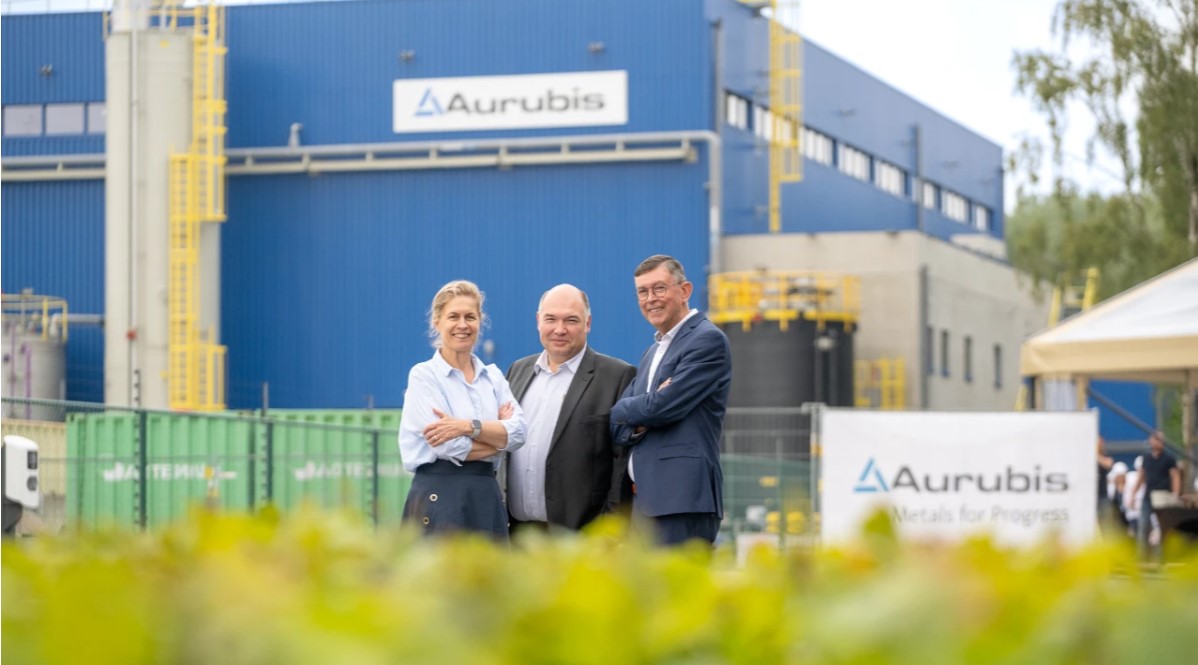




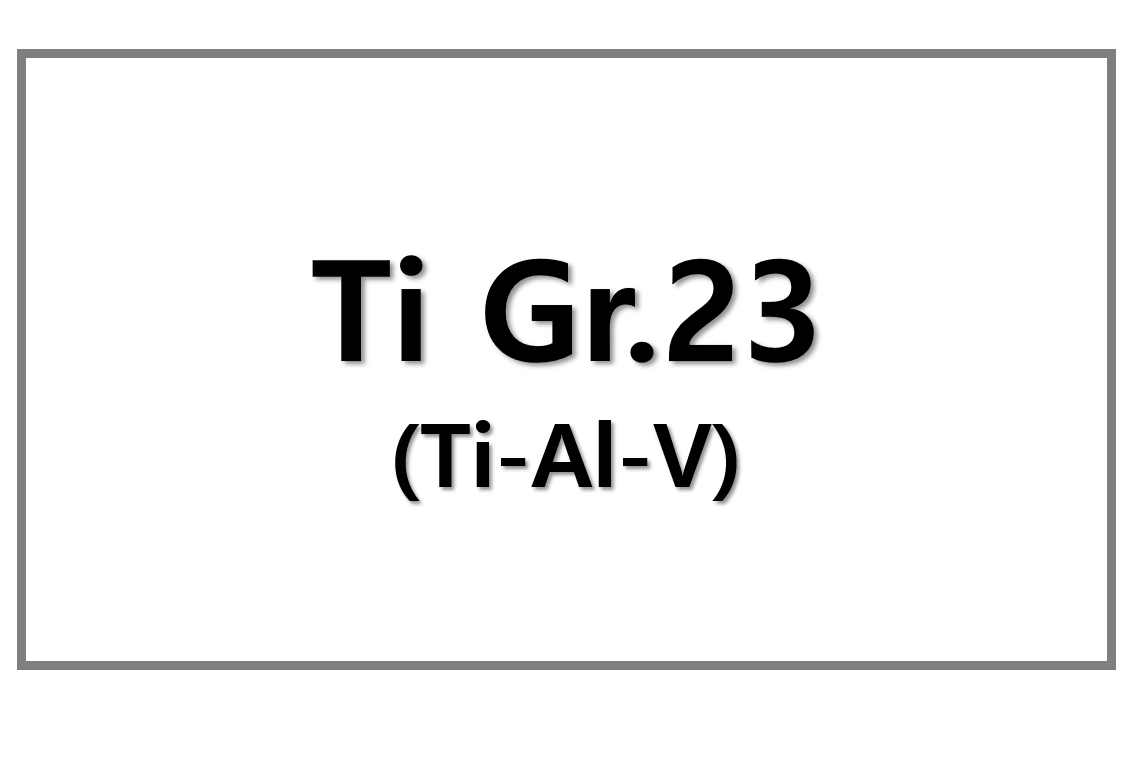
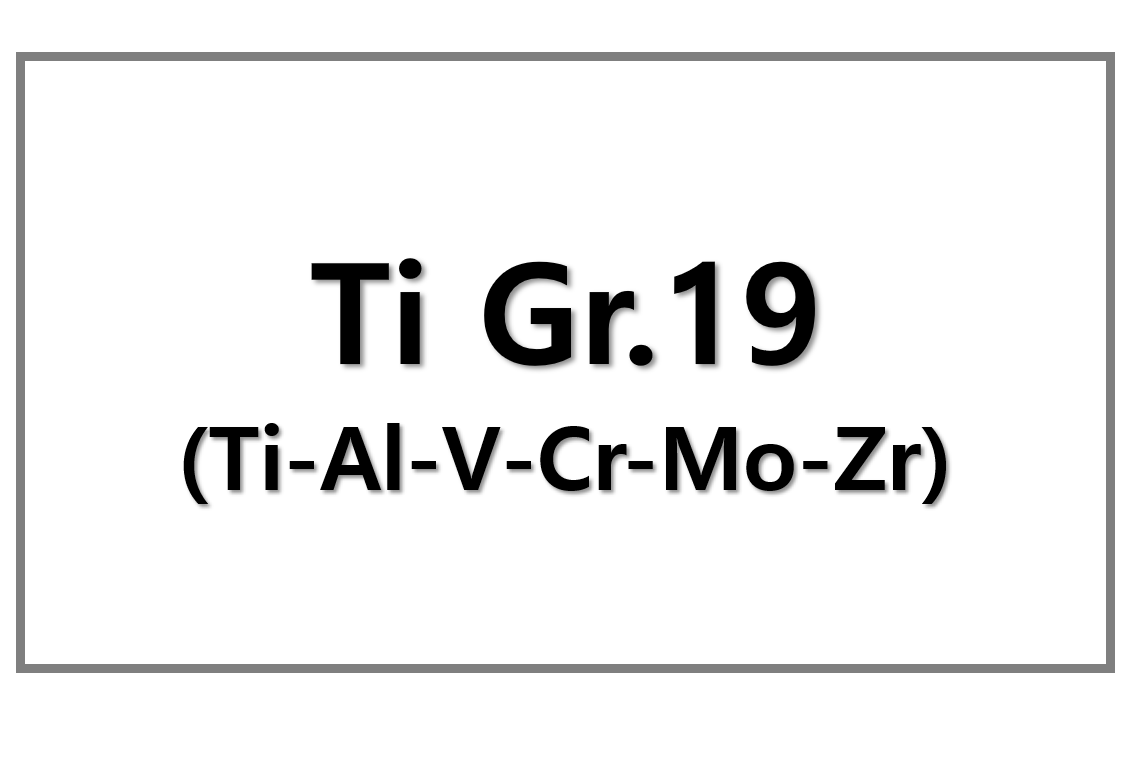
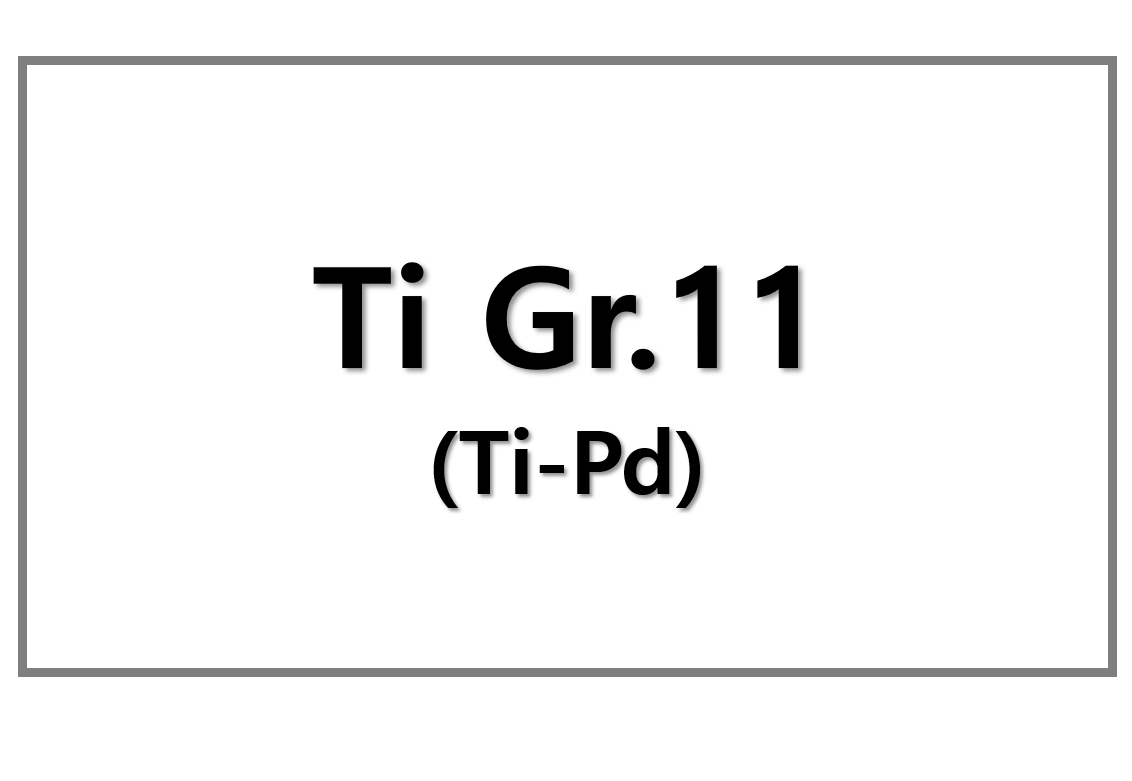
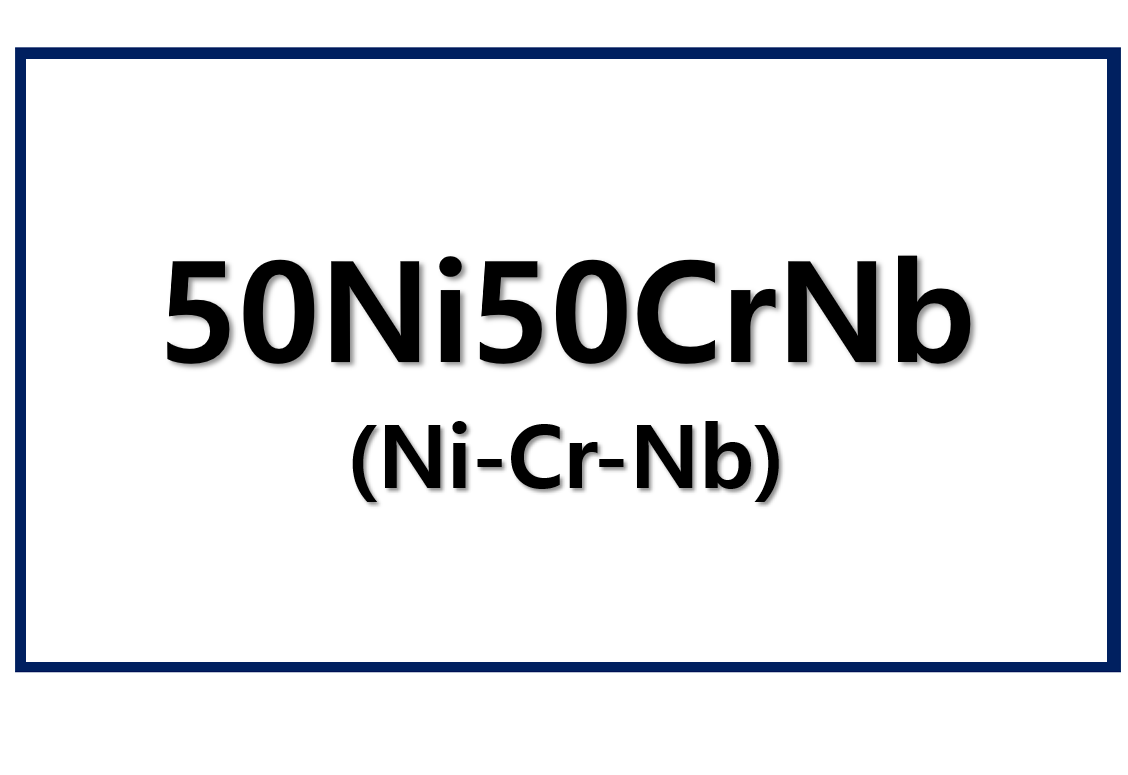
Leave a Reply
You must be logged in to post a comment.